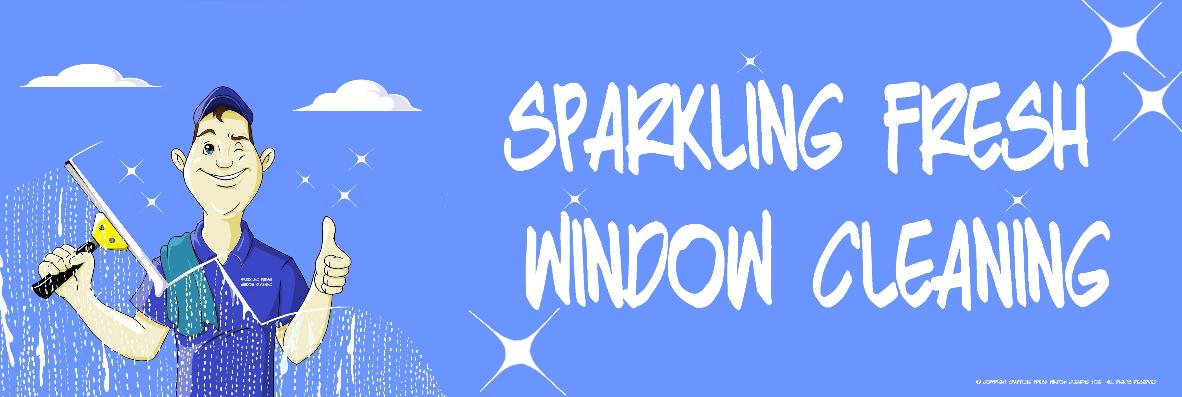Disinfectants are used to fight against germs that can cause sickness. A disinfectant works on killing or removing the microorganisms that cause infection. General cleaners cannot remove these germs. There are three major types of disinfectants: alcohols, chlorine, and aldehydes. Isopropyl alcohol and ethanol are examples of alcohols used to disinfect surfaces. Formaldehyde is the most commonly known example of an aldehyde disinfectant. Bleach would be a chlorine disinfectant.
Disinfectants come in many varieties. There is a 2-step process in which the surface must be cleaned first and then disinfected. There is the one-step process in which the disinfectant cleans as it disinfects. At any rate for the defecting to work, it must be on the surface wet for 3 to 10 minutes. This is known as dwell time.
6 areas in the office that are among the dirtiest spots are as follows:
1. Microwave door.
2. Refrigerator door handles in the break room.
3. Break room sink faucet handles.
4. Computer Keyboards.
5. Water fountain buttons.
6. Vending machine buttons.
These places do not get the attention that bathrooms get but germs can be spread throughout the workplace when employees heat up their lunch, make coffee, or simply type on their keyboards.
It is not possible to avoid germs altogether, but according to Brad Reynolds of Kimberly-Clark Professional’s Healthy Workplace Project, diligent washing, wiping, and sanitizing can help office workers reduce their rates of cold, flu and stomach illness by up to 80%. The percentage is even higher when a good disinfectant is used in the process of cleaning.
You can protect your self when it comes to the spreading of germs by observing the following.
1. Use a hand sanitizer before & after every meeting.
2. Wash your hands several times throughout the day
3. Use disinfectant wipes on your keyboard and telephone a few times throughout the day.











